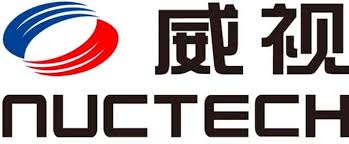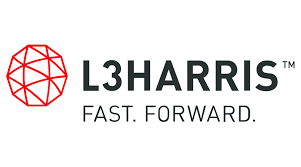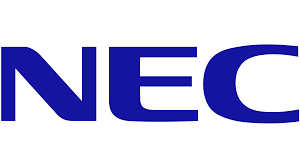Video Content Analysis – VCA
Video content analysis (VCA) is the capability of. automatically .analyzing video to detect and determine temporal events not based on a single image. As such, it can be seen as the automated equivalent of human image interpretation. This technical capability is used in a wide range of domains including public safety, national security, entertainment, health-care, retail, transport, residential security, safety and general security.
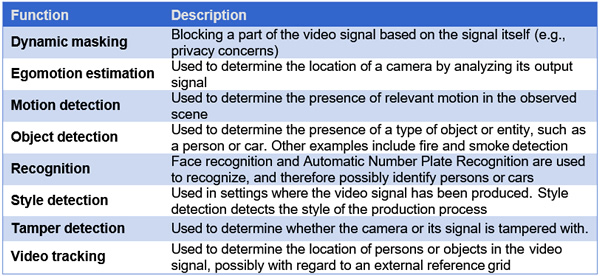
Video Content Analysis Functions and Description
Stand-alone and CCTV networks are present in city centers, transportation industry, counter-terror, and counter-crime infrastructures (e.g., airports, sea ports critical infrastructure, border security).
Video Content Analysis (VCA) systems are intended to improve safety and security in remote terror situations. It is an open secret that it is increasingly difficult for operators to identify a terror-related threat while viewing a bank of monitors; operators miss over 90% of such events. VCA systems assist the operators to focus on abnormal events.
Note: Video Content Analysis technology should not be confused with traditional video motion detection (VMD), a technology (which is a sub-sector of VCA) that has been in the market for over 20 years. VMD uses simple rules and assumes that any pixel change in the scene is important. One limitation of VMD is that there is an inordinate amount of false alarms.
Generic CCTV systems are unable to analyze the massive information they collect. Therefore, the detection and interpretation of operations and decision- making in real-time as well as the need to investigate events in retrospect are normally done by human operators. Human response to video image perception suffers from many flaws:
- Slow response time – poor concentration and vigilance.
- Need to address information presented on many monitors,
- Due to congestion of static and dynamic information, it is difficult to find an obvious risk in the scene without defining what exactly to look for.
- A security officer needs time to study the situation.
- Human readers have a difficulty in sorting and filtering information.
- The need for personnel to address info on each and every monitor.
- Effective supervision requires one person per monitor. In practice, the typical ratio is 10 monitors for 100 cameras and one man in front of 10 monitors.
- Cost of labor.
VCA shortens and improves threat detection. When a VCA algorithm detects threat information, it immediately presents the data and image to security personnel.
VCA software provides technological goals including:
- Focus of the operator on areas of interest
- Analyzing exceptions based on statistical analysis of all the events on video.
Automatic VCA learning features diverse environmental scenarios and adaptations including:
- Ability to search the video – "Google" video.
- Create a scale for VCA to technologically integrate standardization issue.
- Technological gaps.
- Tracking objects – in a dense environment,. changing lighting conditions, difficulties of signal / noise.
- Classification of objects in different departments of environmental conditions.
- Adapting to different conditions of a scene – automatic learning routine in the monitored area.
- Identify anomalies automatically in real-time conditions as opposed to sterile conditions.
- Search the object on site under different scenes.
- Tagging for Benchmarking – non-automated or semi-automated tools to examine the component video. Manual exam involves blocking development of standard criteria to evaluate VCA technologies.
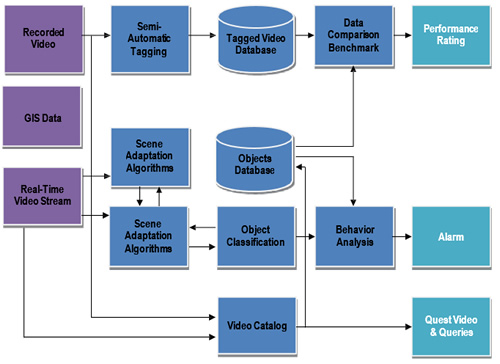
VCA Block Diagram and Data Flow
The system typically functions in four settings:
- Narrow outdoor field of view (e.g., perimeter security fence, runaway security)
- Wide outdoor field of view (e.g., border checkpoint entrance area)
- Indoor – non sterile area (e.g., airport terminal ticketing area)
More information can be found at: Global Video Analytics, ISR & Intelligent Video Surveillance Market – 2015- 2020







